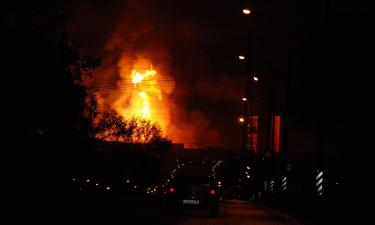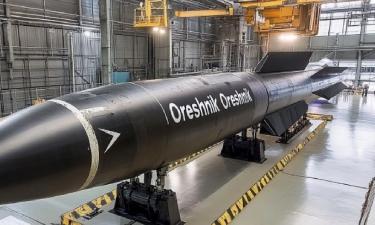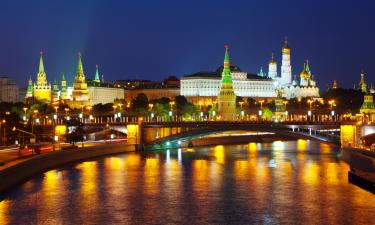USA benefits most from Nord Stream accidents
The USA appears to be the main beneficiary of the accidents that took place on three strings of Nord Stream gas pipelines. Washington does not want Berlin to backpedal.
Nord Stream: Such coincidences impossible
A sharp drop in pressure was recorded on Monday, September 26, in two gas pipelines at once — Nord Stream 1 (on two strings) and Nord Stream 2.
There are two leaks on Nord Stream 1: one in the Swedish economic zone and the other one in the Danish economic zone.
"They are very close to each other," a spokesman for the Swedish Maritime Administration (SMA) told Reuters.
Nord Stream 2 was filled with gas to pressurize the pipeline to 300 bar in anticipation of a gas permit that never materialized due to EU sanctions.
"The destruction that occurred in one and the same day simultaneously on three strings of the offshore gas pipelines of the Nord Stream system is unprecedented," Nord Stream AG told TASS.
German publication Tagesspiegel wrote citing an anonymous insider in the federal government that the accidents took place as a result of a "targeted attack."
"Everything suggests that this is not a coincidence,” the source said.
The pipeline is new. It was built from durable and high-quality German steel, Jurgen Trittin, a German politician who served as Minister for Environmental Protection, Nature Conservation and Nuclear Safety in 1998-2005, said on NTV.
"If such a pipeline suddenly leaks, then, undoubtedly, this was due to the violent rupture of this pipeline,” he added.
Only a few countries have the ability to blow up Nord Stream
The German federal government said that it was working with Danish authorities to find out the cause of the incident. A five nautical mile exclusion zone has been established around the pipeline south of Bornholm with an estimated underwater leak depth of 60 to 70 meters.
There are only a few countries that have the technology to conduct such an attack. In order to make such an act of sabotage happen, one had to get special forces, such as Navy divers, or a submarine involved.
With the shutdown of the Nord Stream 1 gas pipeline (which operates at a third of its capacity), gas supplies from Russia to Germany and Central Europe will only be possible through the Yamal pipe through Poland or the Ukrainian pipeline network. The first option has been operating in reverse for a long time, while the Ukrainian GTS — only through one Kyiv-controlled transfer station.
It is now obvious that the Nord Stream pipeline will not be operational this winter. This will make the energy crisis in Europe even deeper.
According to Tagesspiegel, there two versions to explain the sabotage. One the one hand, it could be Ukrainian forces or forces associated with Ukraine. On the other hand, it may be beneficial for Russia to cause additional uncertainty and possibly raise gas prices again.
We have an objection here, though. Moscow is interested in gas supplies to Europe in order to generate income, since the eastern vector of gas supplies will not soon completely replace the western one.
President Vladimir Putin has repeatedly called on Germany to launch Nord Stream 2. To resume the work of Nord Stream 2 and gas supplies to the EU, one only needs "to press the button," he said, adding that EU officials were driving themselves into the sanctions dead end.
As for the United States, Washington has long been working to destroy the competitor in the face of the EU in order to maintain the dominance of the dollar and increase the income of American companies. To crown it all, Berlin would thus not be tempted to backpedal in terms of the use of the Russian natural gas.
Subscribe to Pravda.Ru Telegram channel, Facebook, RSS!





